Some have asked me, “How did your wife convince you to go gluten-free, despite the fact that you had no noticeable wheat-related health problems?” Aside from the fact that she’s smokin’ hot (which often makes me agree to anything she says), she’s also a really intelligent person. Over time, she convinced me that gluten-free was the way to go.
One of the biggest hurdles for those attempting to eliminate wheat from their diets is living with people who aren’t doing the same. Many wheat-free people fall off the wagon when they see their spouse preparing a delicious looking pasta dish or when they have to prepare sandwiches for school lunches.
Looking for more gluten-free resources? This Everything Gluten Free page is a library of everything gluten free we’ve worked on.
Here are five tips for staying the course:
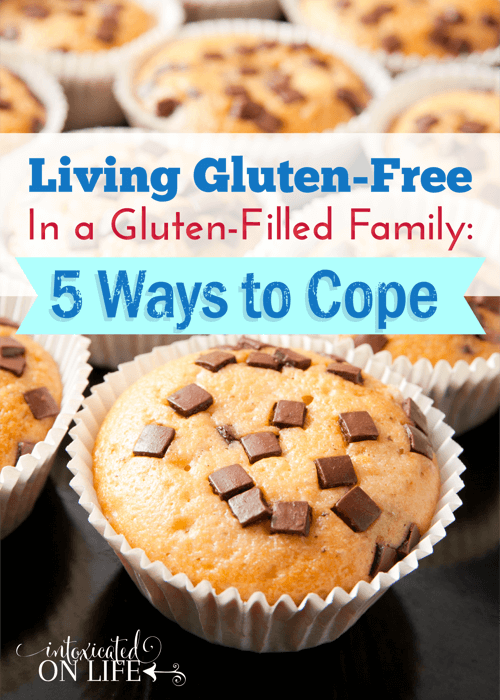
1. Start making delicious gluten-free meals for the whole family.
After I took the gluten-free plunge, a friend asked me, “So how are you handling this whole gluten-free thing?” I said, “What? Eating steak all the time? I’m dealing with it.” 🙂
Prior to kicking wheat to the curb, I was so used to the way bread and pasta filled me up and gave me that satisfying bloated feeling. So, Trisha replaced our usual bready and pasta meals with ridiculously yummy, fat-filled, healthy foods. It didn’t take me long to learn to love it.
- For breakfast, I started looking forward to her amazing apple cinnamon pancakes and her cinnamon muffins (both gluten-free). Most mornings I now eat farm fresh eggs (which trumps the eggs from the grocery store any day).
- For dinners we major on grass-fed beef and other grass-fed meats (which tastes far better than anything raised in a feed lot).
- She’s come up with some great gluten-free dishes like grain-free meatballs, creamy purple cabbage, cheesy biscuits, and broccoli cheese soup.
- She jovially cooks with lard and doesn’t shy away from tasty animal fats.
- For occasional desserts she blows my mind with peanut butter chocolate cheesecake, eggnog cheesecake, and my favorite, “cocoa crack” (named for its slightly addictive properties).
Learn to show your family the joyful side of what-free life.
2. Talk to your family about why wheat isn’t healthy for anybody.
For many people, it is a specific health-concerns that lead them to try cutting out wheat. Since my wife and I started blogging about this topic, we’ve heard from a lot of people who have seen great turn-arounds in their health: no more stomach pains or nausea, more control of thyroid problems and diabetes, clearer skin, more energy and focus, no more arthritis pain, no more migraines, and the list goes on.
But for many, they eat wheat and seemingly experience nothing abnormal in their health. Why should they ditch the wheat (other than to join you in your wheatless misery)?
It can be very helpful to educate your family about the impact of wheat on anyone’s health (not just those with gluten-sensitivities or wheat allergies):
- If they say that wheat is “natural,” tell them about the way modern wheat is the result of mutation breeding, and as such, it can’t even grow in the wild anymore.
- If they say that wheat is nutritious, tell them about the anti-nutrients in wheat that cause leaky gut (i.e. poop in your blood) which can eventually lead to arthritis, MS, thyroid disorders, diabetes, cancer, and heart disease. These same anti-nutrients can also lead to weight gain, sleep disturbances, and actually deplete your body of vitamins and minerals.
- If they say they just can’t imagine giving up wheat products, tell them their craving may be because they are addicted to wheat. In some people, the amino acids their body makes when digesting wheat interact with the opiod receptors in their brain.
You can learn more about these health problems in our book, Weeding Out Wheat.
3. Ask wheat-lovers to eat it privately.
I didn’t go gluten-free at the same time Trisha did. For the most part, she bought all the food for the house, so my wheat intake dropped by default.
She did make it clear to me, however, that she preferred my doughnut-eating binges take place at work, not at home. When I saw how eating gluten impacted her body, I learned to stop tempting her with the idea of a late night pizza run.
4. Get creative with snacks.
My oldest child loves macaroni and cheese. Really loves it. He asked for macaroni and cheese for Christmas one year. No joke. Going gluten-free was not his idea of a good time.
For some parents, going wheat-free while still giving kids wheat-filled snacks sounds like a slip waiting to happen, so for the sake of your health (and the health of your kids) introduce your family to wheat-free alternatives. Look at our list of 101 gluten-free, grain-free snack ideas.
5. Always remember what you are gaining, not what you are losing.
Dr. Richard Wiseman tracked 5,000 individuals who made New Year’s resolutions. Only 10% achieved their goals. Dr. Wiseman noted that the top 10% who actually stuck to it were those who regularly reminded themselves about the benefits of what they were doing.
When it comes to going gluten-free, surrounded by gluten-lovers, when we become consumed with what we are losing we will either slip up or become so cranky that no one wants to be around us. When we start thinking about glazed doughnuts, delicious pasta, fresh-baked bread, cinnamon rolls…WAIT, what am I doing?! Stop it, stop it, stop it!
Ahem…excuse me.
Think instead about what you are gaining: no more migraines, stomach pains, and arthritis pain, clearer skin, weight loss, more energy, longer life. Dr. Wiseman recommends that when it comes to sticking to a commitment, create a checklist of how life will be better as you achieve your aim. Keep this checklist on hand.
Yes, our modern world may love its gluten-filled goodies, but you can stand strong knowing you are doing what is best for your own health.
Picture credit: eliascallejo


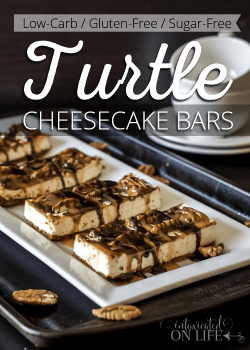
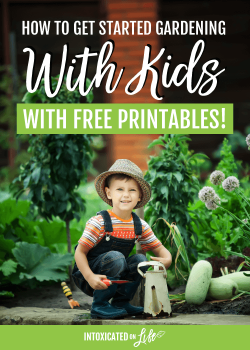
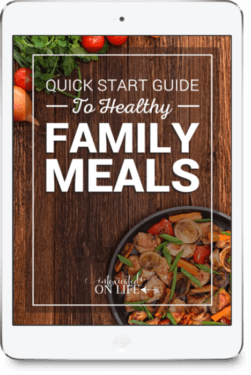
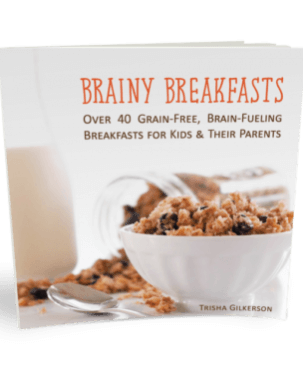
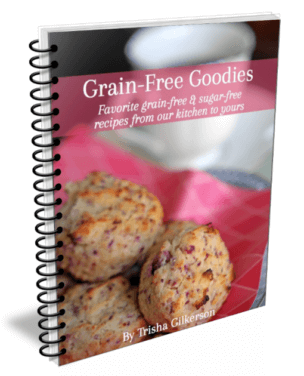
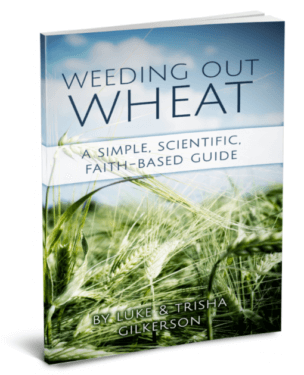
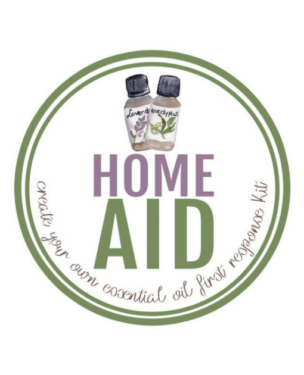

Thank you for this post. I have gone grain free, sugar free, and mostly dairy free in the last two months and the biggest challenge has been cooking separate meals. I as many as them alike as I can, but don’t see my family joining me. The idea of focusing on what you gain is great. Gaining my health back so I can enjoy that wonderful family that likes to tempt me with their food is what this is all about anyway.
Focusing on the positive is so important. I wish you all the best. Do you feel like any of your family could get on board with some of your restrictions so meal planning isn’t so crazy?
As an Italian Russian heritage mom born in the U.S. I can’t see us going completly wheat free unless I can at least prepare some form of pastas sometime.Bread is sacred in my mothers Russian heritage, but alas have done a modified atkins for 11 years.My boys became body builders/muscle fanatics and joined my eating regimen.Now my daughter is a severe sugar/starch addict, and refuses to even entertain the idea of giving up Italian bread with olive oil pasta, etc…Do I cheat and substitute rice flour and potato flour? What about all the arsenic in rice ? All the GMO grains, havent bought corn in over 10 yrs.still miss eating it especially at bbq…but even limiting wheat products to 2 days a month (and not gorging),I have a very happy gut, no more swollen joints, and no more foggy memory stuff,(2pm slump).. So what is the answer ?..my spouse said he will die with a chunk of garlic bread in his mouth , and a belly full of pasta!